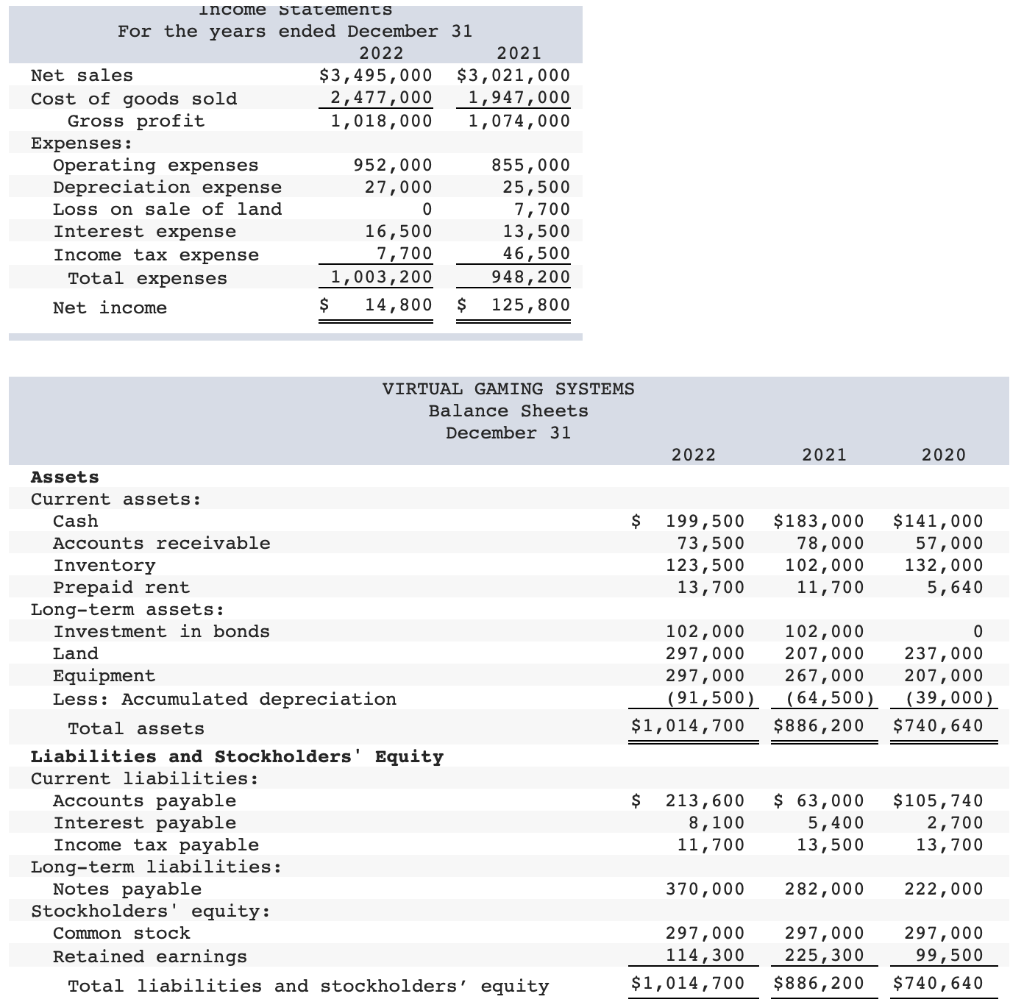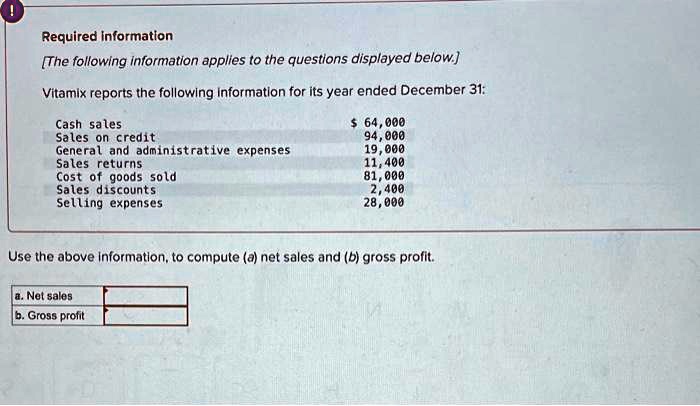For The Year Ended December 31

Global economic activity experienced a year of fluctuating fortunes in the period ending December 31, marked by both resilience and vulnerability across different sectors and regions.
This period, pivotal in shaping future economic trajectories, saw a complex interplay of factors including persistent inflationary pressures, supply chain adjustments, evolving geopolitical landscapes, and the continued adaptation to the post-pandemic world. Understanding the nuances of this period is crucial for policymakers, businesses, and individuals alike, as the decisions made and the trends observed during this time will continue to resonate in the years to come.
Global Economic Overview
The year began with a lingering sense of uncertainty, fueled by concerns over inflation, which had surged in the aftermath of unprecedented monetary and fiscal stimulus deployed during the COVID-19 pandemic.
Central banks worldwide responded with aggressive interest rate hikes, aiming to curb price increases and restore stability. This led to a general tightening of financial conditions and a slowdown in economic growth across many nations.
Developed economies, including the United States and Europe, experienced varying degrees of deceleration. The International Monetary Fund (IMF) projected a slowdown in global growth, revising its forecasts downward several times throughout the year.
Regional Performances
The United States navigated a challenging environment, characterized by strong labor market conditions alongside persistent inflation.
The Federal Reserve's monetary policy tightening aimed to cool down the economy, leading to concerns of a potential recession. Consumer spending remained relatively robust, supported by accumulated savings from the pandemic era.
Europe faced significant headwinds, including the ongoing energy crisis exacerbated by geopolitical tensions, notably the conflict in Ukraine.
This led to soaring energy prices, impacting both households and businesses. The European Central Bank (ECB) also raised interest rates to combat inflation, adding to the economic pressures.
Emerging markets displayed a mixed bag of performances. Some countries benefited from rising commodity prices, while others struggled with debt burdens and currency depreciations.
China, a key engine of global growth, experienced a slowdown due to a combination of factors, including strict COVID-19 lockdowns and regulatory changes affecting the technology and real estate sectors.
Sectoral Analysis
The technology sector, a major driver of economic growth in recent years, faced increased scrutiny and adjustments. Layoffs and hiring freezes became prevalent as companies reevaluated their growth strategies amid rising interest rates and changing consumer preferences.
The energy sector experienced volatility, driven by geopolitical tensions and supply chain disruptions. Renewable energy investments continued to grow, albeit at a pace that struggled to fully offset the impact of traditional energy sources.
The real estate market cooled down in many regions, as rising interest rates made mortgages more expensive and dampened demand. Construction activity also slowed, reflecting the broader economic uncertainty.
Impact and Implications
The economic conditions experienced during the year ended December 31 had a profound impact on individuals and businesses. Rising inflation eroded purchasing power, particularly for low-income households.
Businesses faced increased costs, impacting profitability and investment decisions. Supply chain disruptions continued to pose challenges, leading to delays and higher prices for consumers.
The World Bank highlighted the risk of rising poverty and inequality due to the global economic slowdown. They emphasized the need for targeted policies to support vulnerable populations and promote inclusive growth.
"The global economy is facing a confluence of challenges, including high inflation, rising interest rates, and geopolitical tensions. These factors are weighing on economic growth and threatening to push millions of people into poverty." - World Bank report
Looking Ahead
The economic outlook remains uncertain, with significant downside risks. The trajectory of inflation, the pace of interest rate hikes, and the evolution of geopolitical events will all play a crucial role in shaping future economic outcomes.
Policymakers face the challenging task of balancing the need to control inflation with the desire to avoid a deep recession. International cooperation is essential to address global challenges such as climate change, debt sustainability, and trade disruptions.
Businesses and individuals must adapt to the changing economic landscape by managing risks, investing in skills development, and embracing innovation. Resilience and adaptability will be key to navigating the challenges and opportunities that lie ahead.

![For The Year Ended December 31 [Solved] For the year ended December 31, 2024, Fid | SolutionInn](https://dsd5zvtm8ll6.cloudfront.net/questions/2024/05/6635349b3674f_1714762903381.jpg)


